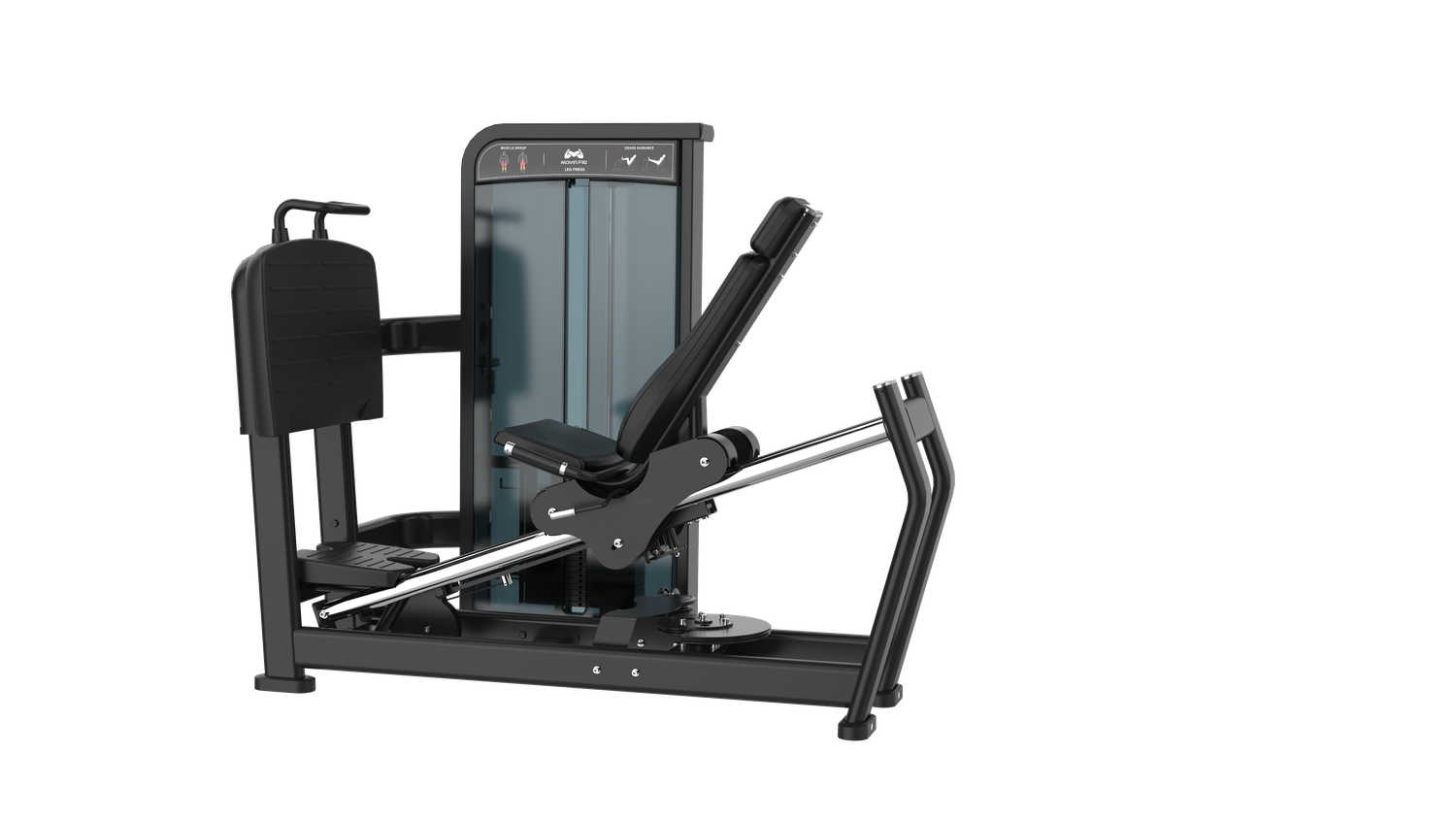The Impact of Lighting on Your Workstation Setup
In this blog , the topic is about importance of lightening in your workstation setup
Lighting is often an overlooked aspect of workstation design, yet it plays a crucial role in our productivity, comfort, and overall well-being. Whether you're working from home or in an office, the right lighting setup can make a significant difference in how you feel and perform throughout the day. In this blog, we'll explore the impact of lighting on your workstation setup, covering ten key points that will help you create a more efficient, comfortable, and health-conscious workspace.
1. Importance of Natural Light
Natural light is often considered the best source of lighting for any workspace. Not only does it create a more pleasant and inviting environment, but it also has significant health benefits. Exposure to natural light during the day can help regulate your circadian rhythm, which in turn improves sleep quality and overall well-being.
Moreover, natural light reduces eye strain, making it easier to focus and be productive throughout the day. When setting up your workstation, try to position your desk near a window. This will allow you to take advantage of natural light, which can boost your mood and energy levels, leading to increased productivity.
2. Avoiding Glare
Glare is a common issue in many workstations, and it can have a detrimental effect on your productivity and comfort. Glare occurs when there is a strong contrast between light and dark areas in your field of vision, often caused by direct sunlight or overly bright artificial lights reflecting off your screen or work surface.
To minimize glare, it’s important to carefully consider the placement of your workstation furniture for office and lighting sources. Position your monitor perpendicular to windows to reduce direct sunlight exposure, and use adjustable blinds or curtains to control the amount of light entering the room. Additionally, opt for matte screens or screen filters that can help diffuse light and reduce glare.
3. Task Lighting for Focus
Task lighting is an essential component of any workstation setup. Unlike ambient lighting, which provides general illumination, task lighting is designed to illuminate specific areas where detailed work is performed, such as reading, writing, or using a computer.
Having a dedicated task light, such as a desk lamp, allows you to direct light exactly where it’s needed, reducing eye strain and improving concentration. When choosing a task light, consider one with adjustable brightness and color temperature settings, so you can tailor the lighting to your needs and preferences throughout the day.
4. The Role of Color Temperature
Color temperature refers to the warmth or coolness of a light source and is measured in Kelvins (K). The color temperature of your workstation lighting can have a significant impact on your mood, focus, and productivity. Warm light (below 3000K) is relaxing and ideal for unwinding, while cool light (above 5000K) is stimulating and better suited for tasks that require focus and alertness.
For your workstations for office, a neutral to cool color temperature (around 4000K to 5000K) is generally recommended, as it provides a balance of comfort and alertness. You may also consider using adjustable LED lights that allow you to change the color temperature depending on the time of day and your specific needs.
5. Balancing Ambient and Task Lighting
Achieving the right balance between ambient and task lighting is crucial for creating a comfortable and efficient workstation. Ambient lighting provides overall illumination for the room, while task lighting focuses on specific areas where detailed work is required. Too much ambient light can cause glare and reduce the effectiveness of task lighting, while insufficient ambient light can lead to eye strain and fatigue.
To achieve the optimal balance, use ambient lighting to create a well-lit environment without overpowering the space. This could be achieved through ceiling lights, wall-mounted fixtures, or floor lamps. Task lighting should then be used to complement the ambient light by providing additional illumination where needed. Dimmers can be useful for adjusting the intensity of both types of lighting throughout the day.
6. Reducing Eye Strain with Proper Lighting
Prolonged periods of working in front of a computer or reading documents can lead to eye strain, especially if your workstation lighting is not properly configured. Eye strain can cause discomfort, headaches, and even reduce your ability to concentrate.
To reduce eye strain, ensure that your workstation is evenly lit, avoiding sharp contrasts between light and dark areas. Your lighting should not be too bright or too dim, and it’s important to take regular breaks to rest your eyes. Position your monitor so that it’s at eye level and about 20 to 30 inches away from your face, and consider using an anti-glare screen or blue light filter.
7. Using Adjustable Lighting Solutions
Adjustable lighting solutions, such as dimmable lights and lamps with adjustable arms, provide flexibility in how you light your workstation. This is particularly important as lighting needs can change throughout the day or depending on the task at hand.
Dimmable lights allow you to adjust the brightness to match the natural light levels outside or to create a specific ambiance. Adjustable lamps enable you to direct light exactly where it’s needed, which is useful for reducing shadows and preventing glare. Investing in adjustable lighting solutions can enhance your comfort and productivity by allowing you to create the ideal lighting conditions for any situation.
8. Incorporating Accent Lighting for Aesthetics
While functional lighting is critical for productivity and comfort, accent lighting plays an important role in enhancing the aesthetics of your workstation. Accent lighting can be used to highlight certain features of your workspace, such as artwork, plants, or architectural elements, creating a more inviting and personalized environment.
Incorporating accent lighting, such as LED strips, wall sconces, or small table lamps, can add depth and dimension to your workspace. This not only makes the space more visually appealing but can also have a positive impact on your mood and creativity, making your workstation a place where you enjoy spending time.
9. Understanding the Impact of Light on Mood
Lighting has a profound effect on our mood and emotional state. Bright, cool light can boost energy levels and improve focus, making it ideal for tasks that require concentration. On the other hand, warm, dim lighting is calming and can help reduce stress, making it sui for breaks or less demanding tasks.
Understanding how different lighting conditions affect your mood can help you create a more effective workstation setup. For example, you might use brighter, cooler light in the morning to kickstart your day and switch to warmer, softer lighting in the evening to wind down. This approach can help you maintain a balanced and productive workflow throughout the day.
10. Planning for Long-Term Health
Finally, when setting up your workstation, it’s important to consider the long-term health implications of your lighting choices. Poor lighting can contribute to a range of health issues, including eye strain, headaches, and disrupted sleep patterns. Over time, these issues can impact your overall well-being and productivity.
To safeguard your health, choose lighting that mimics natural light as closely as possible, with adjustable brightness and color temperature settings. Ensure that your workstation is ergonomically designed, with proper monitor placement and task lighting that reduces strain. By prioritizing your health in your workstation setup, you can create a more sustainable and productive work environment.
Conclusion
This blog covers the essential aspects of lighting for your workstation, offering practical advice on how to optimize your setup for comfort, productivity, and long-term well-being. By understanding the impact of lighting on various factors, from mood to eye strain, you can create a workspace that not only looks good but also supports your health and performance.
What's Your Reaction?






















